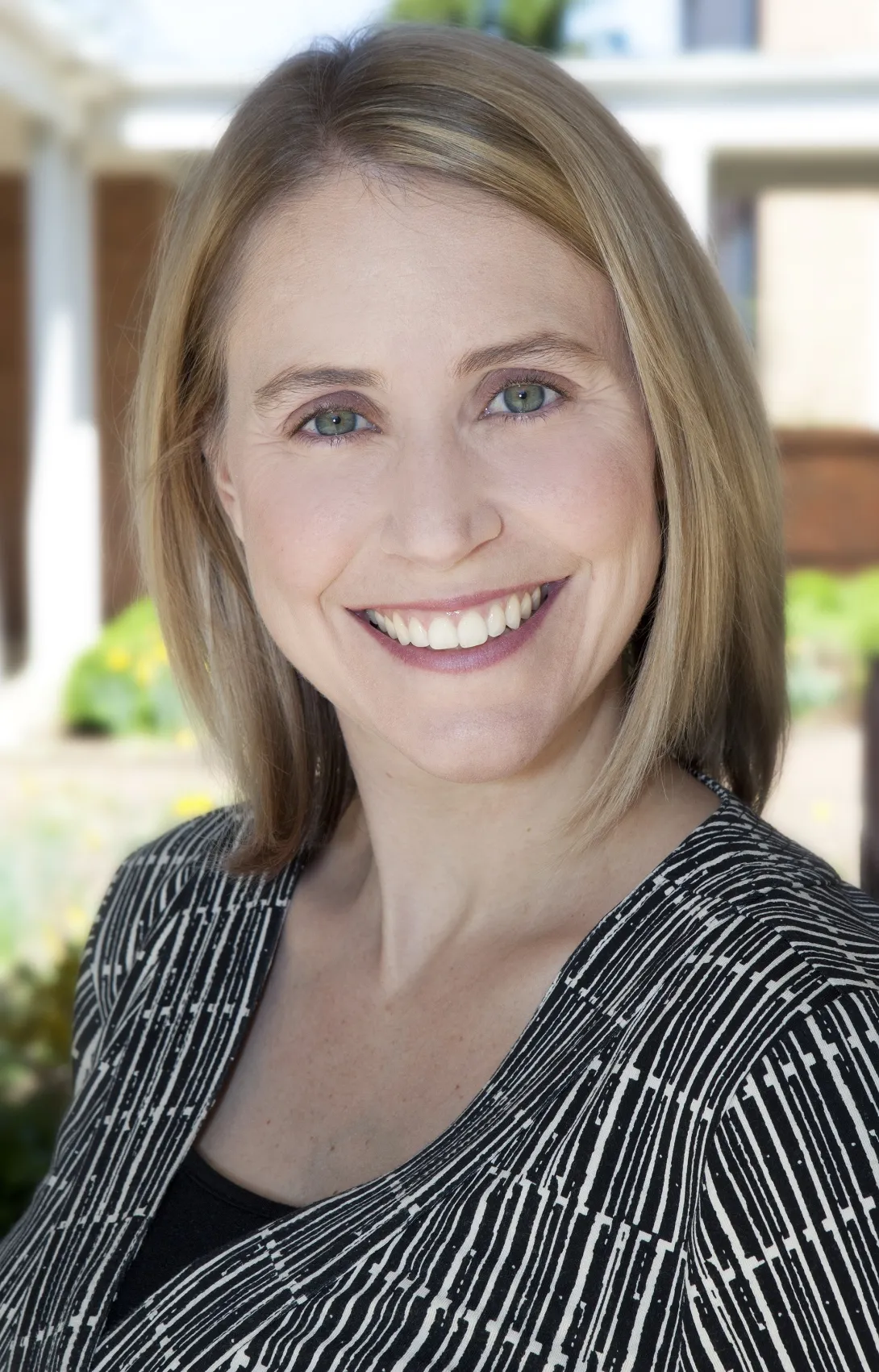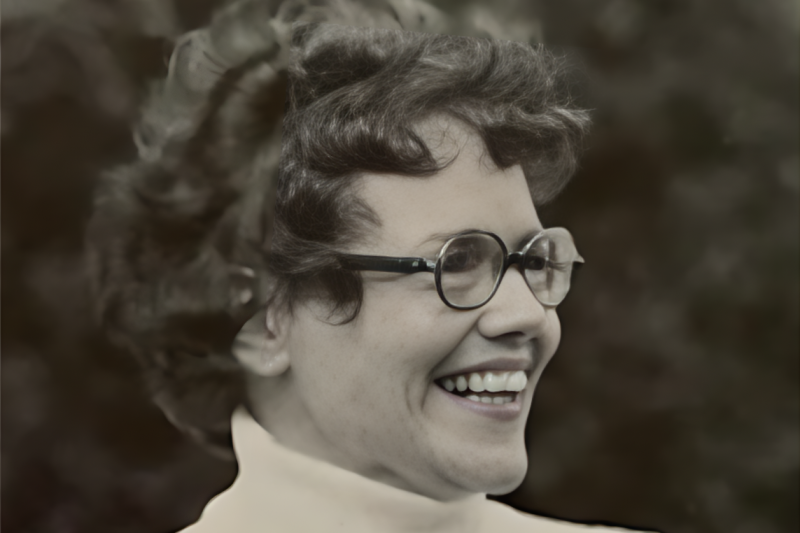
Getting a read on low literacy scores
New results from the Program for International Student Assessment (PISA), an exam given to teenagers around the world every three years, recently revealed that reading scores among U.S. 15-year-olds have remained stagnant over the past two decades, and that the gap between high and low performers is widening.
The announcement came on the heels of reports from the 2019 National Assessment of Education Progress, which showed that only 35 percent of fourth graders and 34 percent of eighth graders scored at or above the proficient level in reading.
Together, these results have prompted a flurry of questions about the effectiveness of current approaches to teaching kids how to read. Rebecca Silverman, an associate professor of education at Stanford Graduate School of Education, studies literacy development and instruction among pre-K and elementary school children. We spoke with her about the ongoing debate in teaching literacy, why she believes schools should take a more targeted approach and what it will take to make that possible.

Why is there so much disagreement about the best way to teach reading?
Methods of teaching kids to read have been controversial for a long time. Unlike learning to talk, learning to read is not a natural phenomenon. There’s no specific region of the brain for reading or writing. Through evolution, humans have hijacked other parts of the brain—auditory, visual—and combined them into a network of channels to develop the ability to read and write. The complexity of that network, and the inherent differences in humans as they develop over time, means there isn’t one best way to teach reading, even though people have been arguing about it for many years.
What is the disagreement about?
The disagreement has a lot of layers to it, but, for the sake of simplicity, there are essentially two camps in what’s become known as the “reading wars." One camp says that reading should be taught by a phonics approach, where you’re focused on decoding words based on their spelling, breaking them up into letters and sounds. The other camp focuses on a whole language approach, where you’re teaching kids to look at entire words and figure out their meaning in the context of full sentences, using other words and the general meaning of the text as cues.
The prevailing approach in American education has alternated over time, with curricula shifting as the pendulum has swung back and forth. The debate also became highly politicized, with whole language being associated with the left in the 1980s and phonics instruction being associated with the right in the 1990s. Even the research paradigms and what counts as “research-based” approaches differ across the phonics and whole language traditions.
Where is the pendulum now?
Now we’re in the era of the Common Core standards, which are focused on getting kids to think more critically and analytically about text. This is really important, but in some cases, there’s a sense that attention has been so focused on immersing kids in text that explicit instruction on how to read words has been pushed aside.
Why don’t we just teach both?
In the 1990s, psychologist Michael Pressley introduced the concept of “balanced literacy,” the idea that decoding words and understanding their meaning are both important, that phonics and whole language can co-exist harmoniously. These days, many schools say they use a balanced literacy approach. The problem is that the term means different things to different people—everybody says they’re doing it, but balanced literacy often manifests as more one way than the other.
And while you do need both of those things, you may need them in different combinations for different kids. As I’ve found in my work, some students are able to pick up reading intuitively; others need lots of help figuring out how to connect letters and sounds. Some kids are better able to comprehend what they read, while others need much more support connecting those dots. Instruction that meets the average is not going to work for everyone.
It seems like it would be tough for schools to adopt a highly targeted approach, given class sizes and other demands on teachers.
It’s going to take a lot to bring that to scale, yes. Even if teachers are given the freedom to do this, often they don’t have the tools, training and support. We know we need more individualized curricula and intervention, which some researchers and programs are trying to address. We also need better, less arduous assessments to identify and support children’s strengths and needs.
Teacher education and professional development are also issues. Too often teachers are taught to use one specific method. They need more opportunities to learn about using various methods with different students, and they need support to implement an individualized approach. Many schools have staff who specialize in working with English learners, or on issues with special education, or on issues with reading, but they often don’t meet with one another or provide support to classroom teachers. We are working to instill more awareness of various approaches and the value of team-based teaching in the STEP program here at Stanford.
We also need to better understand what teachers need to supplement the curriculum. For instance, I’ve been working with the San Francisco Unified School District to try to identify how intervention might best support different learners. We also need research on how to leverage technology and new types of media. My colleague Sarah Levine and I are currently working with schools on how teachers can use technology to support different learners.
What's next?
For too long we’ve been trying to use one method or another to reach a wide variety of children. It should be obvious by now there is no one silver bullet. I hope we can move away from the debate between phonics and whole language and change the conversation to be about how to meet students’ individual needs.
Faculty mentioned in this article: Rebecca Silverman



